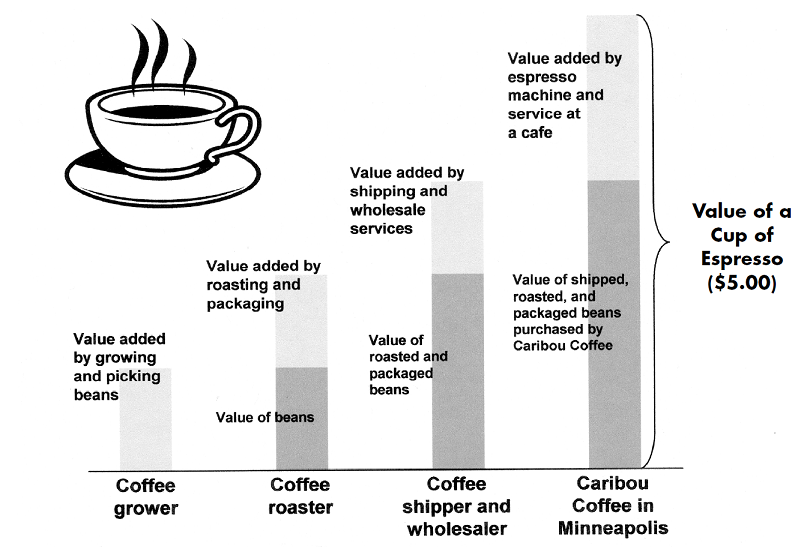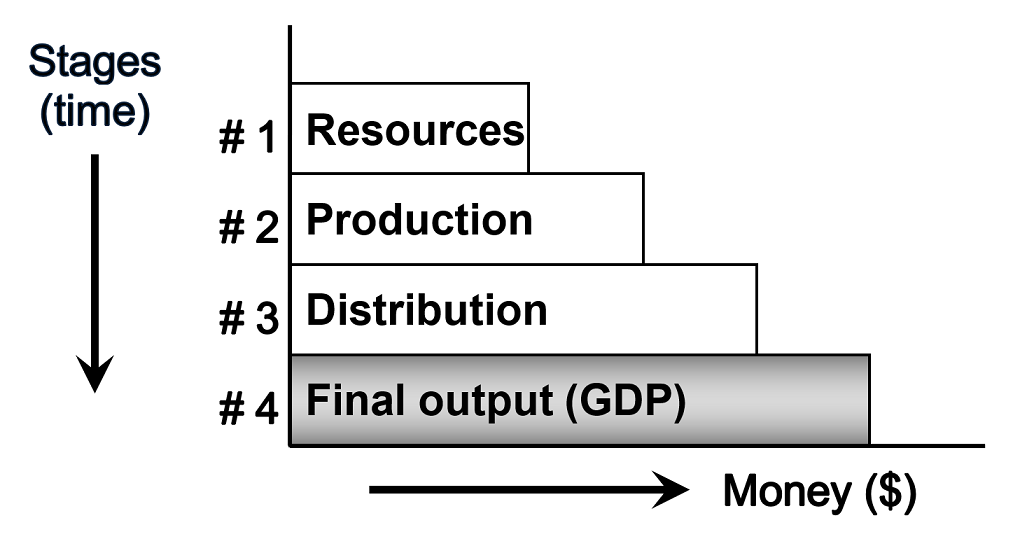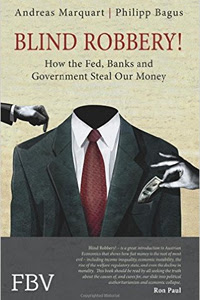SQUARING THE MISES CIRCLE
“Eureka! Skousen has done the impossible. Students love it! I will never go back to another textbook.”
– Professor Harry Veryser, University of Detroit-Mercy
They said it couldn’t be done. Austrian economics is so different, they said, that it couldn’t be integrated into standard “neo-classical” textbooks. Consequently, college students learn little or nothing about the great Austrian economists (Mises, Hayek, Schumpeter).
Starting with Menger’s “Theory of the Good” and the Profit-and-Loss Income Statement
Professor Mark Skousen’s Economic Logic (now in its new 5th edition) aims to change that. Based on his popular course taught at Chapman University, Columbia Business School, and other institutions, Skousen starts his “micro” section with Carl Menger’s “theory of the good” and the profit-and-loss income statement to explain the dynamics of the market process, entrepreneurship, and the advantages of saving. Business students find this approach especially valuable. After analyzing the dynamics of the P&L statement, supply and demand diagrams are introduced.
Linking Micro and Macro
Then he incorporates a simplified version of “Hayek’s Triangles,” a powerful four-stage model of the economy to link micro and macro economics for the first time. For micro, he uses Stanford Professor John Taylor’s 4-stage process of making coffee:
 Figure 1. Four Stages of Production of Espresso Coffee.
Figure 1. Four Stages of Production of Espresso Coffee.
Then for the macro model, Dr. Skousen uses this universal 4-stage diagram:
 Notice that this Hayekian 4-stage model ties into national income accounting. GDP represents the final stage of production – the value of all finished goods and services produced in a year.
Notice that this Hayekian 4-stage model ties into national income accounting. GDP represents the final stage of production – the value of all finished goods and services produced in a year.
GO Behind GDP: Measuring Hayek’s Triangle
Every quarter a public-traded company releases a financial statement that includes both the “top line” (revenues/sales) and a “bottom line” (earnings, net income).
Using the 4-stage model of the economy, Skousen applies the same approach to national income accounting. Based on his work, The Structure of Production (NYU Press, 1990), he identifies gross output (GO) as the value of all 4 stages of production (#1 through #4 above) or the “top line” in national income accounting, and GDP (stage #4) as the “bottom line.”
GO is a measure of Hayek’s triangle. It adds up sales or revenues at all stages of production throughout the year, while GDP counts only final sales.
GO is a vital statistic, as it includes the value of the supply chain, all the business-to-business (B2B) transactions that move the production process toward final use. It is a measure of the “make” economy, while GDP estimates the value of the “use” economy.
In Economic Logic, GO is incorporated as a more comprehensive measure of the economy, serves as a valuable tool in analyzing the business cycle, restores the business sector as the major driver of the economy, and deserves to be updated on a quarterly basis along with GDP.
GO is now a reality. In April, 2014, the Bureau of Economic Analysis (BEA) in the Department of Commerce announced it will publish GO every quarter along with GDP. Austrian economics (Hayek’s triangles) is now officially part of macroeconomic accounting! (For Skousen’s latest press release on GO, go to www.mskousen.com.)
For the first time, the 5th edition of Economic Logic fully integrates GO in the chapters 14-15 on national income accounting and throughout the textbook. GO is presented as the top line, and GDP as the bottom line in national accounting. As economists Dale W. Jorgenson, Stephen Landefeld, and Bill Nordhaus state in their book “A New Architecture in US National Accounts,” “Gross output [GO] is the natural measure of the production sector, while net output [GDP] is appropriate as a measure of welfare. Both are required in a complete system of accounts.”
Added Highlights to the 5th Edition
In addition, here’s new material found in the 5th edition:
- John Mackey’s “stakeholder” model of capitalism has been incorporated into the stages-of-production process in chapter 3. Moving the production process along requires the cooperation of all economic inputs or stakeholders.
- Updated discussions on job creation, the labor force participation rate, and the recovery after the Great Recession is discussed in detail in chapters 10 and 25. Chapter 10 also addresses the unemployment issues in Europe and America, and the prospects for renewed growth under a Trump administration.
- Recent government regulations (Sarbanes-Oxley, Dodd-Frank, SEC) following the 2008 financial crisis and the Bernie Madoff fraud are discussed in chapter 13.
- The consumption and savings rate patterns of China are compared to those of the United States in chapter 17. This comparison helps to determine what drives the economy, consumer spending or savings/investment?
- The end of the Federal Reserve’s “easy money” policies of ZIRP (zero interest rate policy) and Quantitative Easing (QE) in 2017 are debated in chapter 19.
- The on-going debate on “austerity” vs. “stimulus” has been added to chapter 22.
- What factor is more significant in the business cycle, Keynesian lack of “aggregate demand” or Hayekian “malinvestment”? See chapter 25.
- The rise of state capitalism in China is highlighted in chapter 27.
- The international gold standard, the defects of central banking, and the Mises/Hayek theory of the business cycle.
- A full critique of the Keynesian Aggregate Supply and Demand (AS-AD) model, and a revolutionary Austrian alternative (chapters 22 and 25). Plus a critique of Marxism and socialist central planning (chapter 27).
- Entrepreneurship, the financial markets, environmental economics, monetary policy and inflation, federal spending and taxes, and government regulation.
- Leaders of all schools, including Austrian, Keynesians, Marxist, Chicago, and Public Choice.
- Austrians highlighted include Ludwig von Mises (chapter 2), Carl Menger (3), Joseph Schumpeter and Israel Kirzner (8) EugenBöhm-Bawerk (11), Peter F. Drucker (12), Murray Rothbard (18), and Friedrich Hayek (25). Other highlighted free-market economists include Adam Smith, Gary Becker, George Stigler, John Bates Clark, J. B. Say, Milton Friedman, James Buchanan, Art Laffer, Ronald Coase, Julian Simon, and Robert Mundell.
- Economic Logic is dedicated to Friedrich Hayek and Milton Friedman, thus drawing from the best of the Austrian and Chicago schools of free-market economics.
- A glossary of terms has been added to this edition.
What Economists Are Saying
“An excellent balance of theory and the real world that no other text has achieved.”
– Charles Baird, CalState East Bay
“Better than any book out there! Skousen presents real business economics in a clear, provocative and logical fashion.”
– Ian Mackechnie, University of Wales




